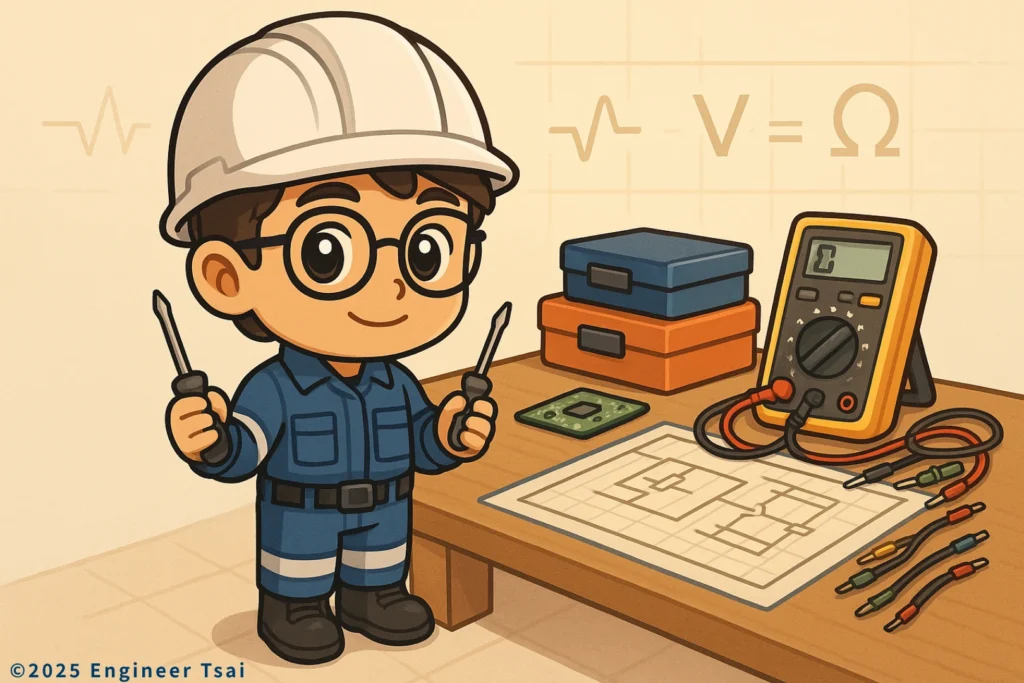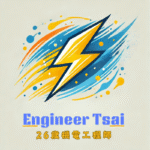On this page
Pick a topic to begin. Start with the basics (voltage, current, Ohm’s law), then move to power supplies, PLC/industrial control, microcontrollers, motors & drives, test & measurement, and circuits & PCB.

How to use these electrical engineering topics
Each topic page collects hands-on tutorials, diagrams, and checklists. Start with voltage, current, and Ohm’s law. Verify each step with multimeter skills, then move on to buck/boost converters, PLC, Arduino, ESP32, oscilloscope, schematic & PCB, and NEC safety notes.
Starter learning path
- Basics → Voltage, Current, Ohm’s law, series/parallel.
- Test & Measurement → Multimeter first, then Oscilloscope.
- Power → Buck / Boost, regulators, transformers.
- Logic/Control → PLC, Arduino, ESP32, STM32.
- Circuits & PCB → schematic, layout, soldering.
- Field issues → troubleshooting, repair, NEC basics.
Popular topics & quick links
diode · MOSFET · capacitor · resistor · CAN · UART · SPI · MPPT · battery · BMS · MQTT · breaker
Recommended tools & checklists
Need a printable checklist or Excel template? Visit our Tools & Templates page. You’ll find pass/fail checklists for labels and inspection, plus small calculators for load, power, and wire sizing.
Safety & Code quick notes
- Always confirm isolation and E-stop before probing live circuits.
- Follow NEC and local standards; verify wire gauge, breaker rating, and enclosure.
- Document: schematic update → change log → re-test → sign-off.
Trusted external references
- NIST – measurement fundamentals
- IEEE – standards & professional resources
- All About Circuits – community tutorials
FAQ
Q1. Where should beginners start?
Start with Basics: voltage, current, Ohm’s law, series/parallel. Then read Test & Measurement to verify each step with a multimeter or a visual check.
Q2. How do I choose between buck and boost converters?
Buck steps voltage down; boost steps it up. For battery-powered designs, check input range, load current, efficiency, and thermal limits before choosing.
Q3. PLC vs. microcontrollers—when to use which?
Use PLC for industrial reliability, built-in I/O, and safety. Use microcontrollers (Arduino/ESP32/STM32) for custom logic, low power, or rapid prototyping.
Q4. What skills help with fault finding?
Start with a clear checklist: symptom → isolate section → verify with a meter → compare with a known-good reference → fix → re-test.
